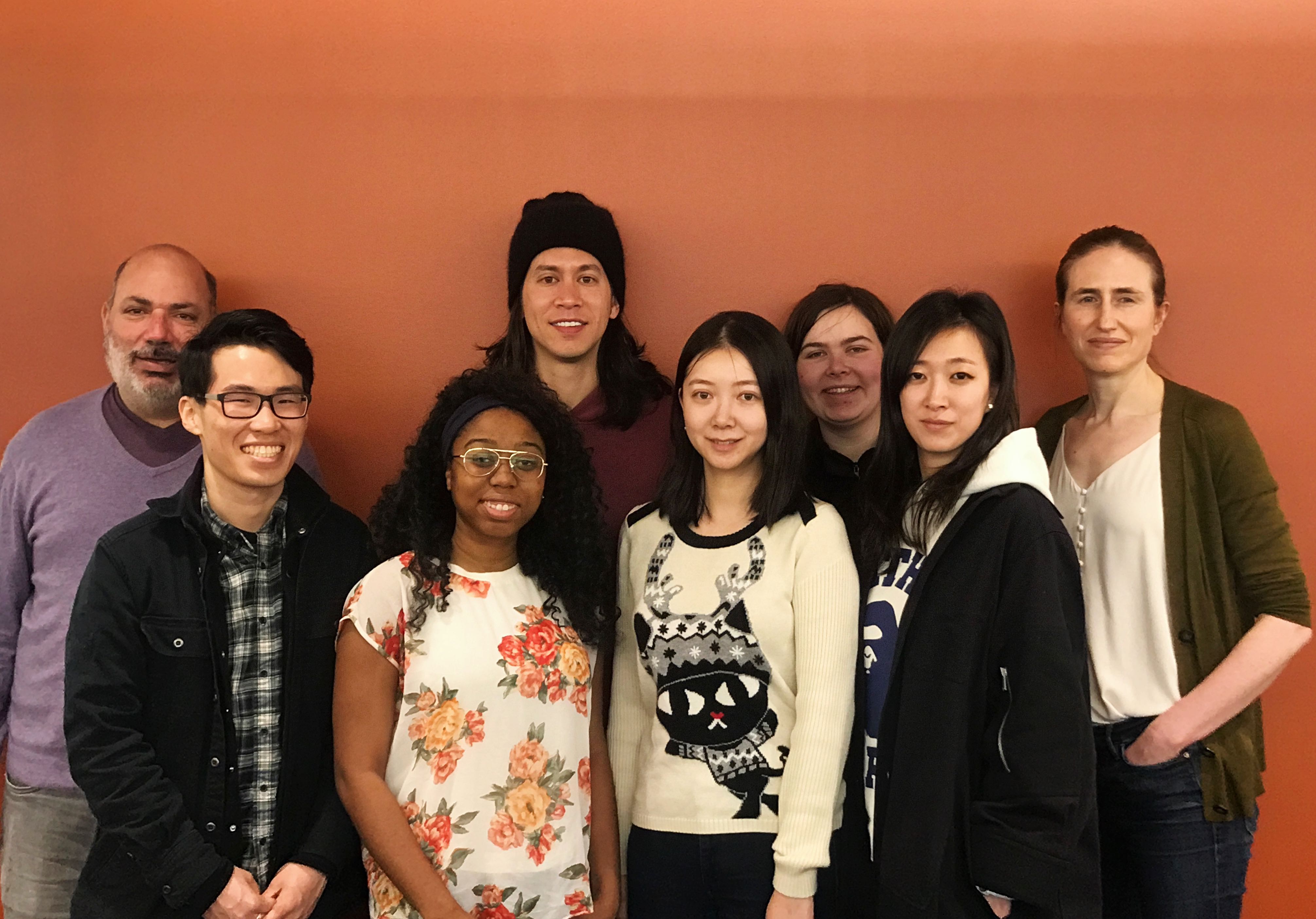What is Smart Primer?
The Smart Primer is an interactive, narrative-based tutor that combines some of the best features of both physical- and electronic-based learning methods. It uses compelling narratives based on each child’s physical surroundings and their abilities rather than boring lectures and worksheets.

Why is it called Smart Primer?
The project draws inspiration from Neal Stephenson’s 1995 science fiction novel, The Diamond Age. But the key here is the subtitle: “Or, a Young Lady’s Ilustrated Primer”.
In the novel, a young girl called Nell receives a book in the form of a tablet. The tablet weaves a story, embedding the girl protagonist in as the main character, and through activities and narrative. This book gives the girl a complete education. Nell grows up to be an independent woman with the personalized education received from the smart book. It’s this young lady’s primer that formed the foundation of our ideas for the smart primer.

What are potential impacts of Smart Primer?
The US education system lags much of the developed world. For example, according to Broad Foundation, 68% of US 8th graders cannot read at grade level and most will never catch up. Every year, 1.2 million students drop out of school according to U.S. Department of Education. All these facts demonstrate that the current generation of children need new, motivating methods to improve their scientific, computing, mathematical, reading, and writing foundations, and more importantly, their passion for learning. The Smart Primer can not only engage children, but also help tap their potential in the above five areas.
Who are we?
We are a group of researchers from Stanford CS and Education led by Professor James Landay, Professor Emma Brunskill, and Professor Roy Pea. We aim to provide everyone with adaptive education through innovative technology.

We are honored to have the following alumni worked with us in the past.
- William Steenbergen (CME masters student, spring 2020)
- Michelle Park (CS masters student, spring 2020)
- Lily Zhou (summer intern, summer 2019)
- Jonathan Burkle (summer intern, summer 2019)
- Vincent Nicandro (summer intern, summer 2019)
- Gabe Saldivar (summer intern, summer 2019)
- Grace Baek (summer intern, summer 2019)
- Monique Ouk (summer intern, summer 2019)
- Liwei Jiang (undergraduate intern, 2017 - 2019)
- Qianyao Xu (visiting PhD student in Arts & Design, winter 2019 - summer 2019)
- Tracy Cai (undergraduate student, 2019)
- Carah Alexander (coterm student, 2019)
- Bryce Tham (CS masters student, 2018 - 2019)
- Angelica Willis (CS masters student, 2018 - 2019)
- Bethanie Maples (Education masters student, 2018 - 2019)
- Fiona Hall-Zazueta (Symbolic Systems undergraduate, fall 2019 - winter 2019)
- Dunia Hakim (CURIS intern, winter 2018 - summer 2018)
- Justin Xu (CURIS intern, summer 2018)
- Yufeng Yin (UGVR intern, summer 2018)
- Anna Wang (highschool intern, summer 2018, summer 2019)
- Cecilia Woerthmueller (Education masters student, summer 2018)
- Alex Kolchinski (Education PhD student, winter 2018 - spring 2018)
- Kat Gregory (CS masters student, winter 2018 - spring 2018)
- Ellen Wang (CS 199, winter 2018)
- Zhengneng Qiu (external collaborator, fall 2017 - summer 2018)
- Yeshuang Zhu (visiting CS PhD student, fall 2017 - winter 2018)